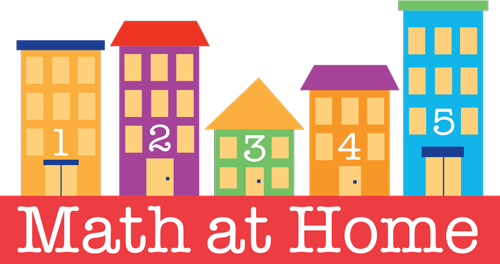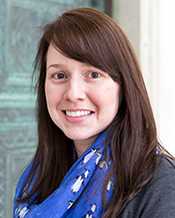Pattern walk at the Field Museum
posted by Lindsay Maldonado
Today I visited the Field Museum of Natural History. Another one of my favorite Chicago museums. The Field Museum houses thousands of artifacts from dinosaur bones to pottery and clothing from ancient civilizations. Again you may be thinking, math? Isn’t this a natural history museum? With thousands of artifacts on display, math is easy to find. Just a quick walk through the halls brings you upon any number of dioramas with countless animals of all shapes and sizes.
It’s easy to count animals (Big Idea: Counting) or classify animals (Big Idea: Sets) by their varying attributes like size or color – but when you start to delve deeper into the exhibit halls you’ll come across other kinds of artifacts. There are cases upon cases of decorative clothing and art from cultures near and far. In my recent visit I happened upon the Hall of Native North Americans exhibit.
At first you’ll be enamored by the craftsmanship. You’ll wonder how long it must have taken to create something so beautiful and intricate. You’ll wonder why Native North Americans wore such adornments but then you’ll notice something else; you’ll notice the shapes and patterns woven together or threaded with beads that make up each artifact. There are circles, squares, rectangles, diamonds, and triangles intricately designed to create simple and complex patterns. We see color patterns too.
Patterns exist in the world, as we see here, and also in mathematics. Through patterns, we find sequences bound by a rule (e.g., a chess board is made up of black and white squares, with a predictable black-white, black-white or AB, AB pattern) that brings predictability and allows us to generalize. Hence, we can predict, with a good amount of certainty, what comes next. Let’s look at a couple of these objects. What patterns can you find?
 The beaded bag has blue and orange flowers arranged in a simple ABAB pattern. Each row alternates orange flower, blue flower, orange flower, blue flower, etc. It’s easy to predict what comes next. We see a similar ABAB pattern in the beaded ornaments (i.e., yellow blue, yellow blue). One big idea of patterns is just this; the same pattern can come in different forms.
The beaded bag has blue and orange flowers arranged in a simple ABAB pattern. Each row alternates orange flower, blue flower, orange flower, blue flower, etc. It’s easy to predict what comes next. We see a similar ABAB pattern in the beaded ornaments (i.e., yellow blue, yellow blue). One big idea of patterns is just this; the same pattern can come in different forms.
We also see more complex patterns when you look more closely at shapes. Can you see the pattern?
 Patterns are found in many places and children are particularly attuned to patterns. As we observed, patterns offer a sense of predictability, which children desire (e.g., we create routines for children to add order and predictability to their lives). When children understand the rule of a pattern they are able to extend that thinking to other situations.
Patterns are found in many places and children are particularly attuned to patterns. As we observed, patterns offer a sense of predictability, which children desire (e.g., we create routines for children to add order and predictability to their lives). When children understand the rule of a pattern they are able to extend that thinking to other situations.
Keep talking about patterns in the classroom! You can search for more activities about patterns here.




Great ideal to use the Field Museum to show us patterns. It is good to have a force on what we want the children to see and learn.
Curious to explore more patterns in the museum. Thanks!
i would love to see many more patters at the museum
Thank you for your article. I’ve been to the Field Museum several times and never thought about the patterns I was seeing. Next time I’ll look!
I like this idea of thinking outside the box and searching for patterns and classification ideas in any type of environment.
Wendy W.